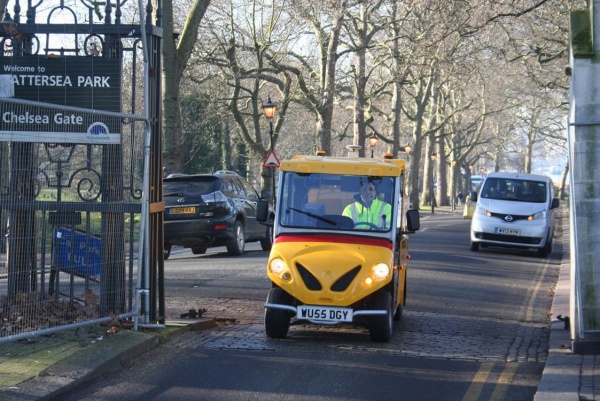Keeping cyclists safer with Cyclopath
September 2016
Bristol-based engineering company, W.D.M. Limited, has called on its unrivalled experience of testing the surfaces of UK roads to develop a specialist machine to check the safety of cycle ways.
The Cyclopath uses tried and tested laser technology to scan the surface of cycle paths to check for rutting, texture depth, changes in the transverse profile and any cracking.
It has just successfully completed more than six months of trials in the West Country and in London.
The National Cycle Network was developed by the charity Sustrans, which was launched in Bristol in the 70’s, and covers 14,000 miles across the UK. It is used by nearly five million people every year and some 27 million of the trips made on the paths are by children going to school.
The responsibility for maintaining cycleways lies with local authorities, Highways England and other land owners, such as the National Trust, Network Rail and the Canal and River Trust. Sustrans also maintains some of the cycle paths, but there’s no formal system of checking the surfaces are safe to travel on.
W.D.M. Limited has more than four decades experience of testing road surfaces and monitoring the safety of UK roads. It is the UK’s leading manufacturer and provider of highway survey and monitoring equipment and is also the UK’s largest survey contractor, serving all government agencies and 90% of local authorities.
The Cyclopath is based on proven technology and is a smaller version of the Company’s successful Road Assessment Vehicle (RAV), which records defects on UK’s roads. WDM®’s fleet of 10 RAVs survey more than 100,000 lane kilometres the length and breadth of the UK every year.
The data collected enables highway engineers to prioritise maintenance work and is also submitted to the Department of Transport as a measure of road conditions nationally.
In 2012 the Company’s road surveying machines were used to check the London Olympics cycle routes and the Cyclopath is the result of several years of research and development.
It not only records the condition of cycle ways, but is fitted with a forward facing video to produce a visual record of the route being checked. It also comes equipped with GPS to enable local authorities and other stakeholders to produce an accurate map of the network.
The Cyclopath has been extensively tested on the Bristol to Bath cycle route and recently completed a three month pilot programme in London, checking blue cycle paths.
It produced a Road Condition Indicator score every 10 metres, but weightings and thresholds need to be established on the National Cycle Network to develop a Cycleway Condition Indicator score.
WDM® Managing Director, Chris Gardiner, said: “In recent years, certainly since 2012, we have seen more people getting on their bikes, particularly in towns and cities. A number of cycle ways have been created, but there’s been no formal approach to making sure the routes are fit for purpose. Cyclopath can help make surfaces safer for cyclists who use them.”
Download the Cyclopath brochure
Share this








